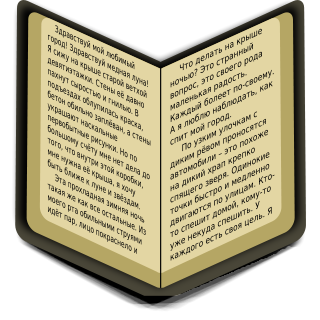"After independence, the Indo-Anglican writer of fiction is more self-confident than ever before. These are a sudden widening of the horizons and a keener and deeper interest in the history of our people and country. Again and again we find a conflict of ideologies raging in the minds of our post independence novelist. Whereas poverty, hunger, death and disease form the key notes of symphony, movements like humanitarianism, socialism and liberalism spot-light the finer and the more sublime aspects of their dreams for the future. The post-independence novelist seems to stand between the two worlds-one dead, the other yet to be born. It is difficult to predict the course of this novel, though it is full of potentialities which may be vital to the nation as a whole." (The Cambridge History of English Literature)
 The fiction writers in this era are not in large number. A sparkling writer is Sudhin Ghose with his three books And Gazelles Leaping, Cradle of the Clouds and Vermillion Boat. Read More History of English Literature ( Essay) He is a new current tongue of colour, vitality and warmth, a close to life. He, indeed, has translated a country. The other fiction writer in English is Bhabani Bhattacharya whose novel Music For Mohini and So Many Hungers have proved greatly successful with the result they have been translated in to various European languages.
The fiction writers in this era are not in large number. A sparkling writer is Sudhin Ghose with his three books And Gazelles Leaping, Cradle of the Clouds and Vermillion Boat. Read More History of English Literature ( Essay) He is a new current tongue of colour, vitality and warmth, a close to life. He, indeed, has translated a country. The other fiction writer in English is Bhabani Bhattacharya whose novel Music For Mohini and So Many Hungers have proved greatly successful with the result they have been translated in to various European languages.Ruskin Bond also deserves our attention. The first novel The Room on The Roof appears at his age of 17. Distinctive and remarkable The Room on The Roof remains a rich and impressively original book. Besides this novelists of this era are Dilip Kumar Roy (The Inward spiral), Khushwant Singh (Trains To Pakistan), Venue Chitale (In Transit), Rama Sharma (The stream), Santa Ram Rau (Remember the House) and K.A. Abbas (In quail and Tomorrow is ours).
Among the woman novelists Kamala Markandaya, Ruth Prower Jhabvala and Shakuntala Srinagesh are areremarkable. Ruth Prower Jhabvala wrote four novels To whom She Will, Esmund In India, The Nature of passion and The House-Holder. Shakuntala Srinagesh's well-known novel is The little Black Box. Kamala Markandaya’s two exquisite productions are-Nectar In a sieve and some Inner Furry. The first novel reveals her intimate knowledge of south Indian life. Read More History of English Literature ( Essay) She portrays the customs, traditions of the southerners. Due to her amiable temperament, she presents the tyranny and cruelty of the old society inflicted upon the individual. Some Inner Furry, her second novel, highly exciting and gorgeous presents a colorful India which has emerged out of the shackle of slavery. Here, the reader’s interest is sustained by the author because of an indescribable charm and glory embodied in it. Grossly speaking some women novelists do not feel that our society is stable because of radical changes. In fact, they lack theme, style, ideology which may enable them to forecast the higher values of life which spring out of the tragic in accidents of life. Read More History of English Literature ( Essay) No woman novelist has entirely coached is stage,. Here and there are sparkling flashes of religious and spiritual insight in Ruth Prawer Jhabvala’s To Whom She Will.
Indo-Anglican Fiction of the Post-Independence Era: A New Beginning: Key Points:
- Indo-Anglican fiction of the post-independence era is characterized by its exploration of the themes of national identity, cultural hybridity, and the relationship between tradition and modernity.
- It is also marked by a new experimentalism in form and style, as writers sought to find new ways to represent the complexities of the post-independence Indian experience.
- Some of the major writers of this period include Salman Rushdie, Arundhati Roy, and Vikram Seth.
- This body of work is often characterized by its use of irony and satire.
- It also often explores the themes of displacement and alienation.
- The Indo-Anglican fiction of the post-independence era has had a major impact on world literature. It has helped to introduce Indian culture and society to a wider audience, and it has also helped to redefine the possibilities of English language fiction.
Ref:
Indian literature in English : Walsh, William, 1916- : Free Download, Borrow, and Streaming : Internet Archive. (n.d.). Internet Archive. https://archive.org/details/indianliterature0000wals
Indian English literature since independence : Free Download, Borrow, and Streaming : Internet Archive. (n.d.). Internet Archive. https://archive.org/details/indianenglishlit0000unse

Princi raja
ReplyDelete